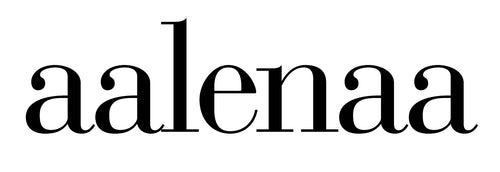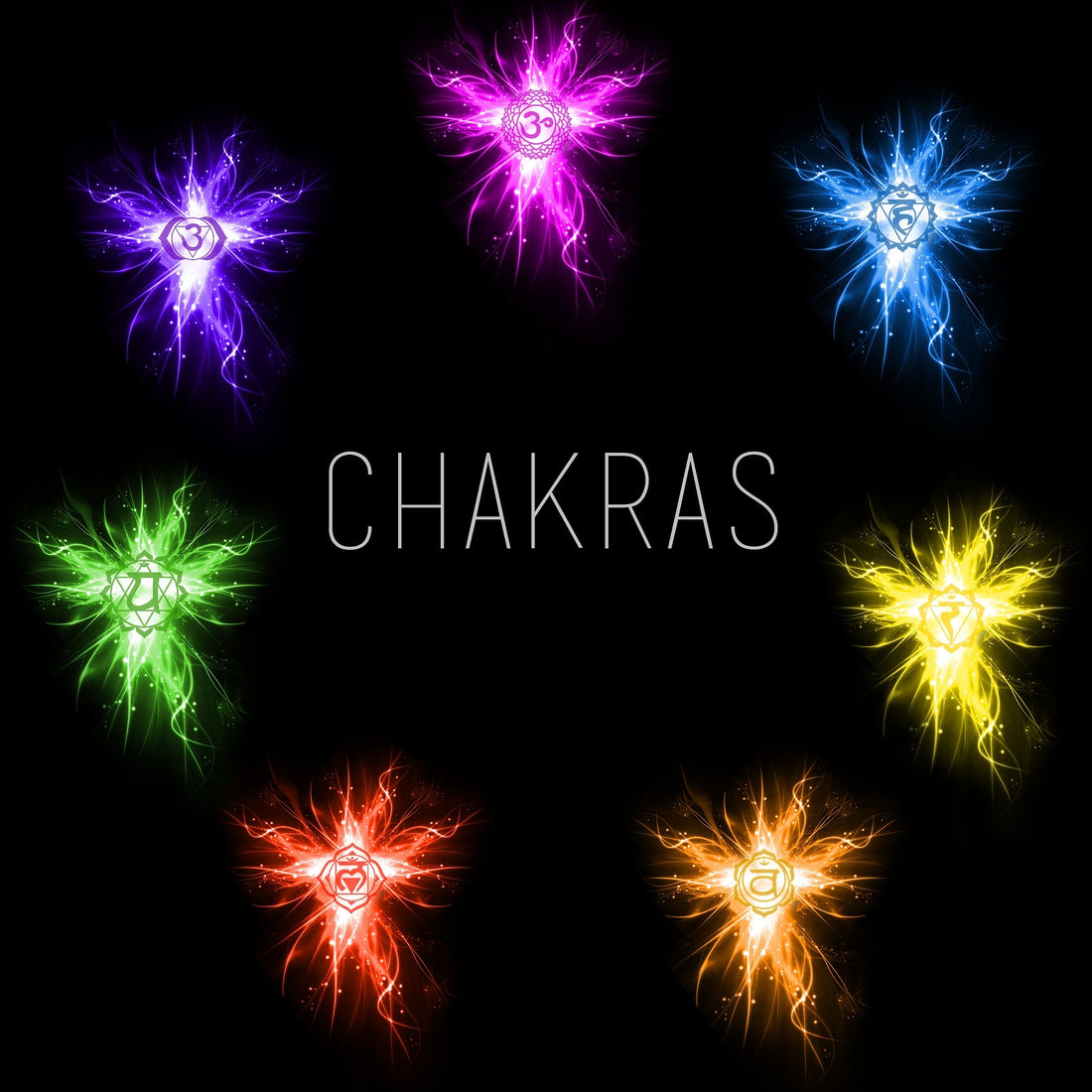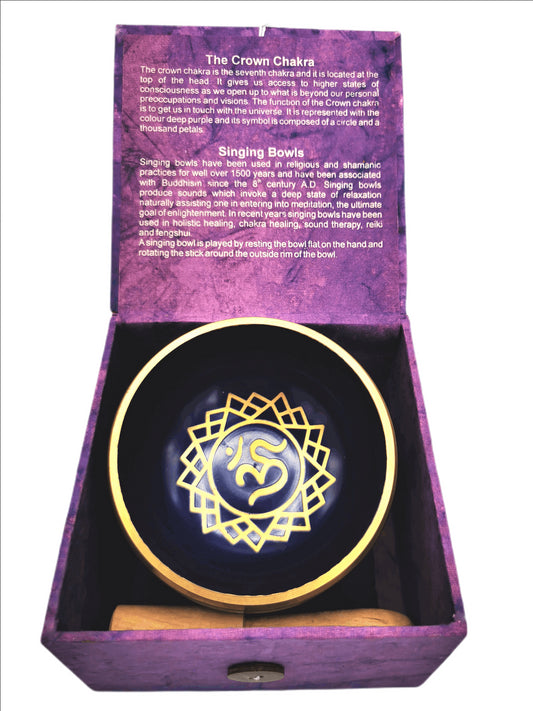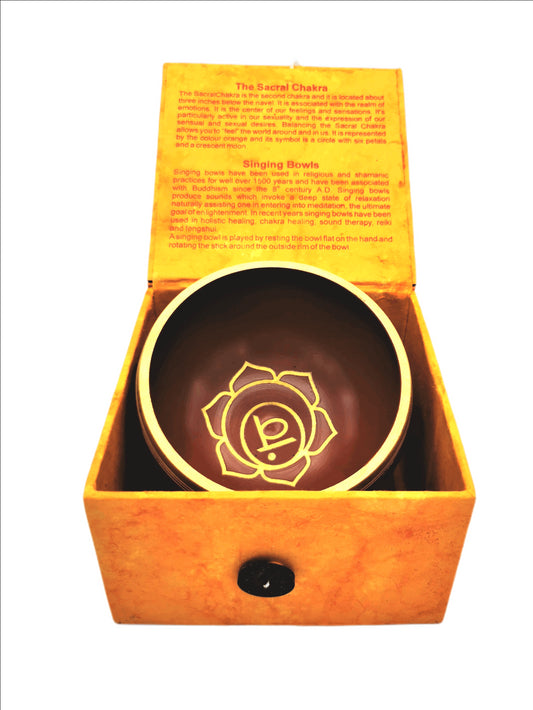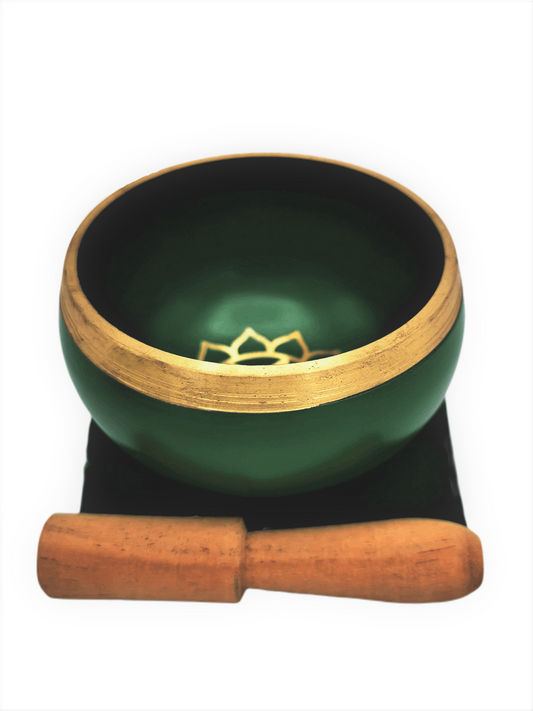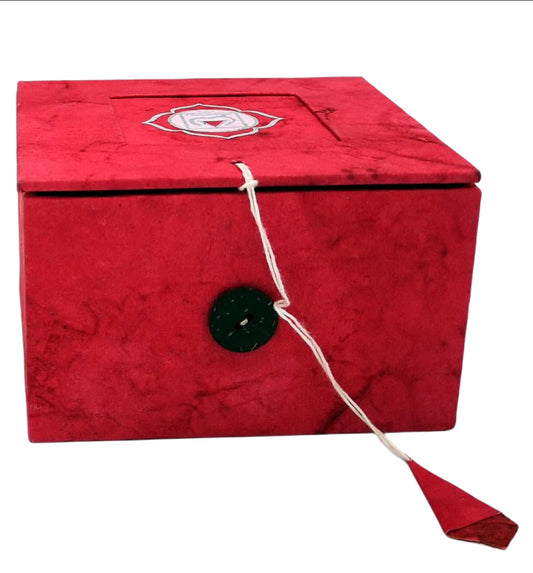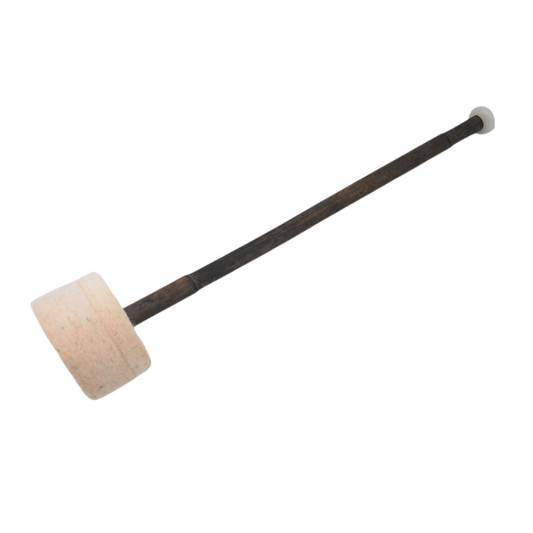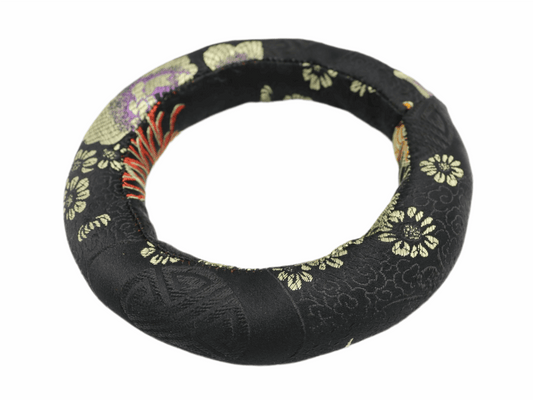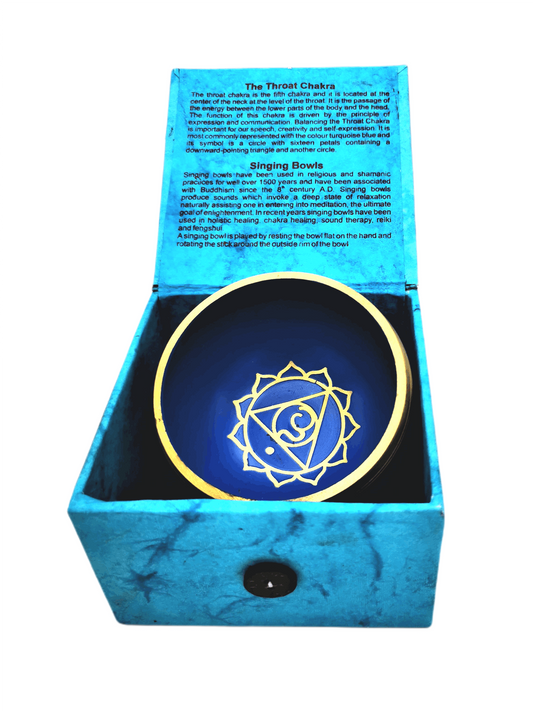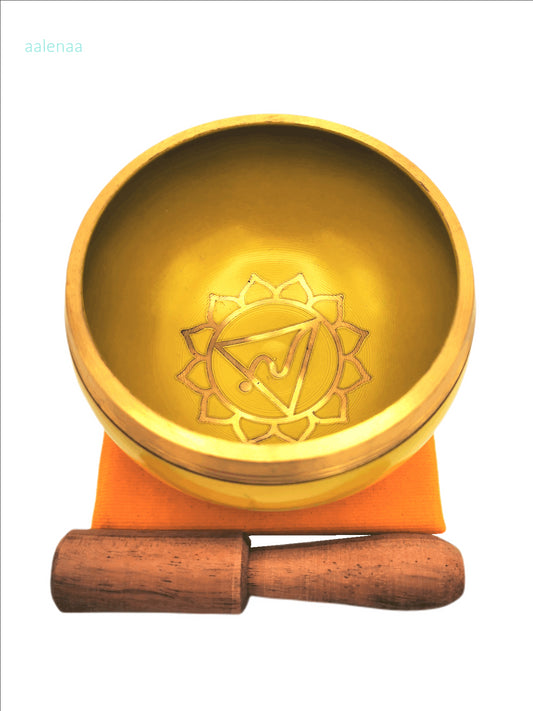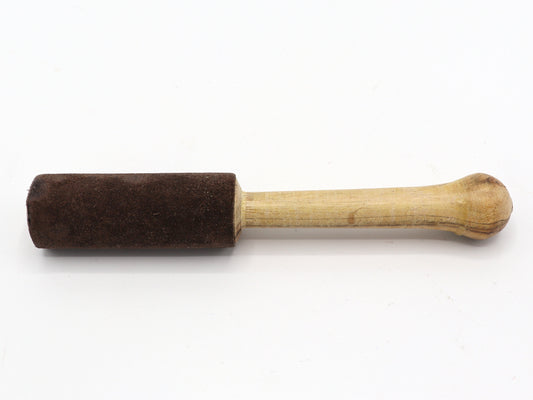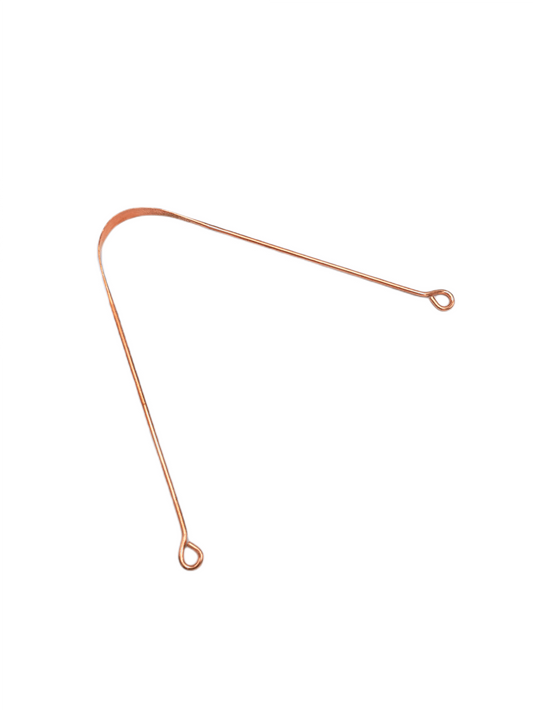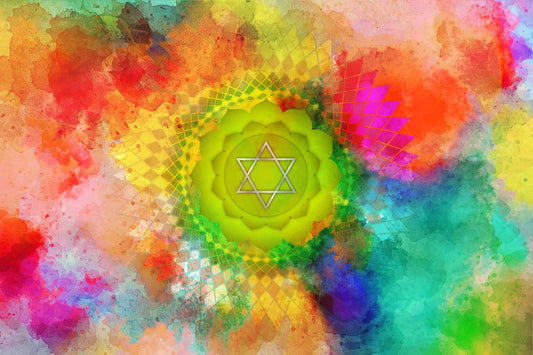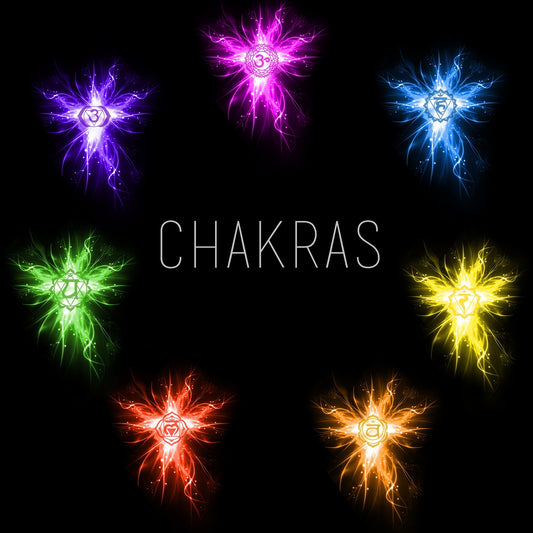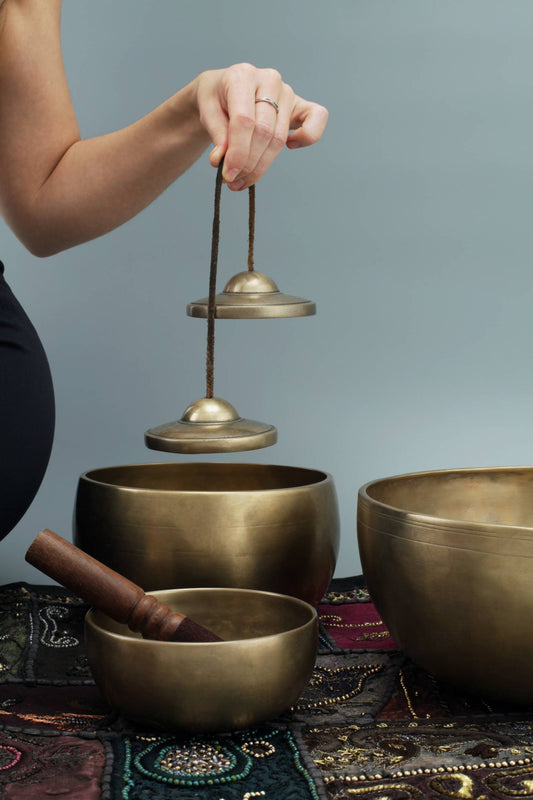Anyone who has ever dealt with yoga or Ayurveda will stumble across the term chakra and often working with chakras is incorporated into asana practice.
You will find out what exactly chakras are here before I explain the individual chakras to you and with which asanas you can activate them.
What is a chakra?
Chakras are so-called energy centers that are connected by energy channels - nadis, and these nadis connect our physical and subtle bodies. The chakras are located along the spine, just like the
Energy channels, nadis (sushumna and pingala), do.
Often these are limited to the 7 most important chakras,
which you will get to know better here.
The main reason why yoga practice with chakras is so important is that energy flows better when they are free. And that is exactly what can be achieved wonderfully in yoga practice .
What chakras are there?
- Root Chakra- Muladhara Chakra
- Sacral Chakra - Svadisthana Chakra
- Navel Chakra - Manipura Chakra
- Heart Chakra - Anahata Chakra
- Throat Chakra or Throat Chakra - Vishuddha Chakra
- Brow Chakra- Ajna Chakra
- Crown Chakra - Sahasrara Chakra
How can your energy flow better in each chakra ?
-
Root Chakra- Muladhara Chakra
Physically, it's located between our two sit bones, in
our pelvic floor. It makes us feel grounded, connected to ourselves and at the same time gives us stability and self-confidence.
For many it is the most important chakra as it is also the base for all ascending chakras.
Nevertheless, a cooperation of all chakras is very important.
Example exercises for the root chakra:
-Pelvic circles cross-legged
-sitting butterfly
-Body perception in the area of the pelvic floor -
Sacral Chakra - Svadisthana Chakra
The sacral chakra is in the middle of the pelvis, about a hand's breadth below the navel. I like to refer to it as
Chakra of intuition because this chakra is associated with our creativity
and the free flow of our lives.
So we let ourselves flow freely without working too much with our heads.
Example exercises for the sacral chakra:
-Fluid movements, for example a sequence to open the
Pelvis from Vinyasa Yoga
-Dove -
Navel Chakra - Manipura Chakra
Also known as the solar plexus chakra because it is in the area of the solar plexus, which is located between the breastbone and the belly button, at the transition
between the thoracic and lumbar spine.
From the position in the middle of the body one can deduce
that it has a strengthening effect. It also activates us spiritually and emotionally.
Sample exercises for the navel chakra
-Navelkriya
-Swivel seat
-Chaturanga Dandasana (stick pose) -
Heart Chakra - Anahata Chakra
As the name Heart Chakra suggests, this chakra is at the level of our heart. It is the center of love, compassion and devotion.
And of course not only to others, but above all to ourselves.
When activated, it represents a close connection and mindfulness to ourselves.
Example exercises for the heart chakra
-Cobra
-Cat/Cow
-Sun Salutation -
Throat Chakra or Throat Chakra - Vishuddha Chakra
Here, too, the location of this chakra is very easily derived from the name larynx chakra, at the level of the larynx.
It is also often referred to as the center of communication and truth.
Some may know the feeling that words get stuck in your throat
stay or you can't really express what is important to you. Here an activation of this chakra helps.
Example exercises for the throat chakra:
-Fish
-Shoulder stand
-Sing mantras -
Brow Chakra- Ajna Chakra
This chakra is also often referred to as the third eye because it is between the
eyebrows, located in the middle of the head. It is assigned to our brain, the pituitary gland, and is the seat of our will and spirit.
-Sample exercises for the brow chakra:
-standing forward bend
-Eye exercises
- Position the child with forehead rested on the yoga mat or block -
Crown Chakra - Sahasrara Chakra
The crown chakra is at the highest point of our head and expands our consciousness.
It gives us a kind of basic trust and trust that everything
is connected to each other.Example exercises for the crown chakra:
-Pyramid
-Shavasana
-Mantra "Aum" (for many "Om")
